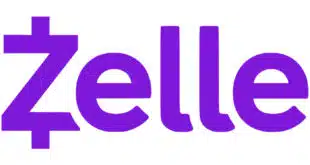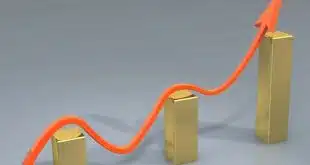Nearly a year after the Check Clearing for the 21st Century Act (Check 21) took effect, sparking a steady build-up in check-image exchange volume, more exchanges are being settled on paper documents than some observers expected. The reason is that many paying banks are unprepared to settle on images and so are receiving substitute checks, or printouts of images, instead. Under Check 21, these documents are legally equivalent to the original paper checks. “Receipt [of images] has been the biggest disappointment,” said Fred Herr, senior vice president of retail payments for the Federal Reserve Bank of Atlanta, at an image-exchange conference in Florida this week. “We are printing a lot of substitute checks. We will print more substitute checks than we expected for the next 18 months.” Herr, who said 99.9% of the Fed's image-exchange volume is winding up at paying banks as substitute checks, cited image receipt as the next stage where banks can realize big cost savings. “Receipt is an extremely important component, the next opportunity to take significant cost out [of the checking system],” he told his audience of mostly bankers. Herr said image-exchange volume is mounting at an accelerating clip at the Fed, pointing to the fact that the system handled 930,000 items per day on average last month, up from 330,000 in March and 40,000 last November. Banks have been slow to adopt image receipt because of the technical difficulties it presents. This has made it harder for banks to cut processing costs, since substitute checks–or image-replacement documents (IRDs), as they are also called?are expensive compared to settling on electronic images and associated data files. Nonetheless, research presented at the conference, which was organized by the Bank Administration Institute and the Electronic Check Clearing House Organization (ECCHO), showed banks are already reaping considerable savings from Check 21, even with IRDs. Steve Ledford, president of Atlanta-based payments-research firm Global Concepts Inc., told the conference that by June IRDs had already allowed collecting banks the firm surveyed to chop average daily float by $12 billion, as banks start by imaging high-dollar items to leverage faster clearing times. And at least one major image-exchange network is seeing a steady reduction in reliance on IRDs. SVPCO, which is part of the New York-based Clearing House Payments Co. Inc., says images rendered into IRDs made up 69% of its volume in August, down from 97% in March. The network, which has been in operation for about a year, links six banks, with another half dozen in implementation. Its volume in August was 5.4 million, up from 678,000 in March.
Check Also
The Cost of Fraud Continues to Rise for Merchants, LexisNexis Finds
Fraud costs merchants in the United States $4.61 for every $1 of fraud incurred, up …





